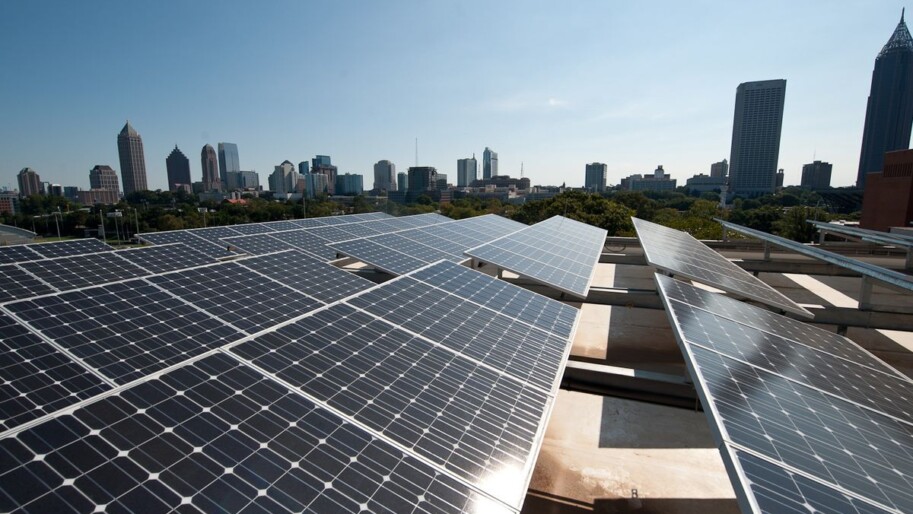On December 15, 2022, the California Public Utilities Commission (CPUC) voted unanimously to adopt new rules for how residential rooftop solar customers, schools, churches, farms, and businesses will be compensated for the electricity they deliver back to the grid.
Unfortunately, pressure from corporate utilities resulted in a proposal that would slash the rate paid to these solar energy providers by about 75 percent.
The following testimony was given to the CPUC by The Climate Center Energy Program Manager Woody Hastings:
Good afternoon, my name is Woody Hastings, based in Sonoma County, speaking on behalf of The Climate Center and its thousands of supporters statewide.
I’m speaking today on item 45 to urge the Commission to reject the revised Proposed Decision and direct staff to develop a PD that unambiguously supports accelerated adoption of solar and storage in all economic sectors, particularly lower-income residents and residents of multifamily housing. There is also a need to correct the deficiencies in the net energy metering-aggregation and virtual net energy metering policies so that solar and storage deployment is favorably facilitated at non-residential properties such as schools, hospitals, and farms, as well as multi-unit dwellings.
The main flaw with the PD before you is that the 75 percent cut to export rates for rooftop solar users is based on a flawed Avoided Cost Calculator (ACC). The ACC underestimates the value of rooftop solar by failing to include the resilience enhancement inherent in decentralized non-wires deployments and the catastrophic wildfires avoided by this approach. This includes a reduction in the need for public safety power shut-offs and the economic damage inflicted by them, local economic and job creation benefits, public health benefits, and the avoidance of other environmental damage caused by transmission projects. The CPUC should go back to square one and include these benefits in the valuation of customer-sited solar in the ACC.
The Climate Center is a long-time supporter of the decentralization of energy resources and sees customer-sited solar and storage as indispensable in meeting the ambitious yet currently inadequate climate goals in California. Utility-scale solar and storage will not be enough. We need policies in California that not only allow smaller-scale solar and storage in the built environment, but that favor and accelerate it.
Thank you.


